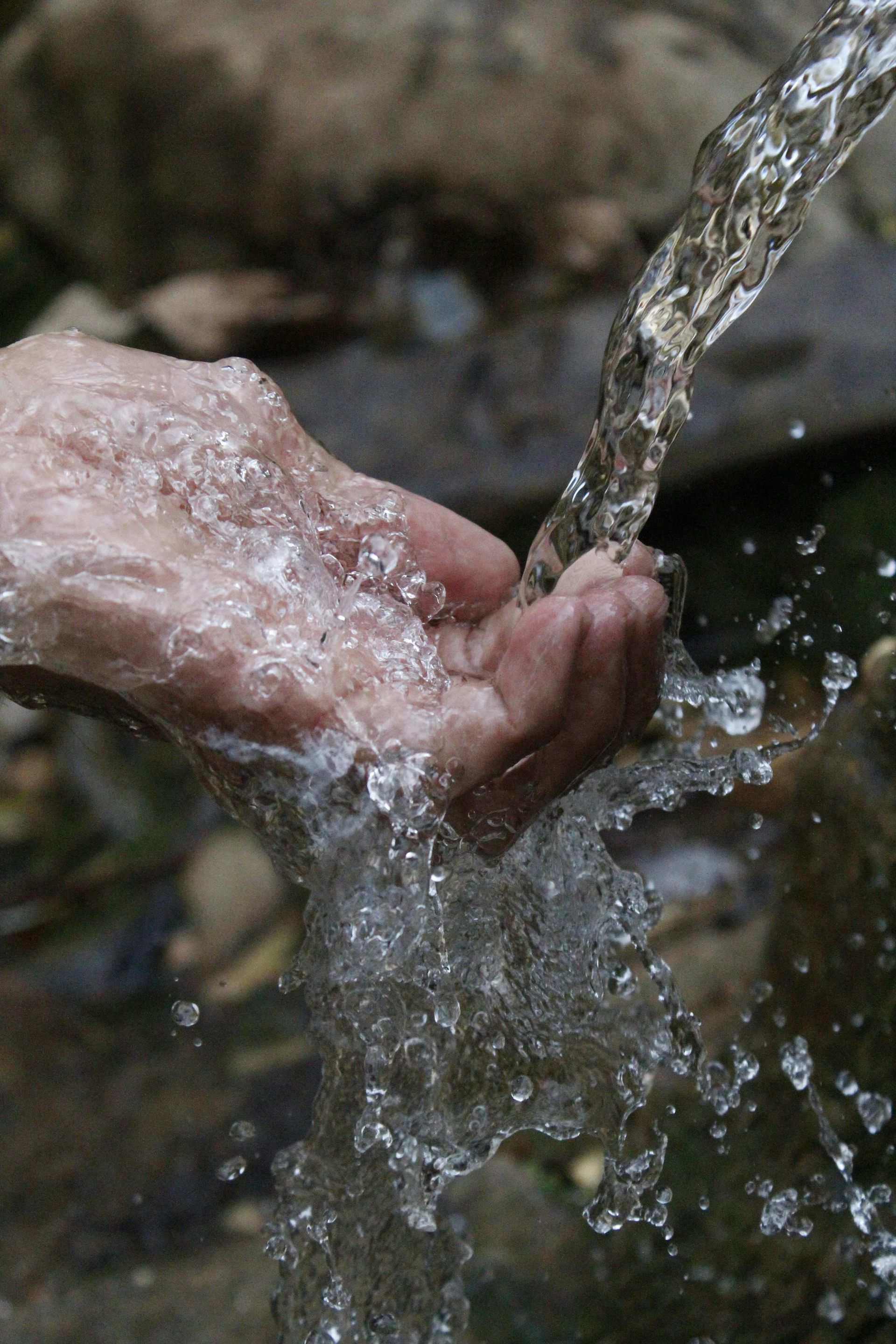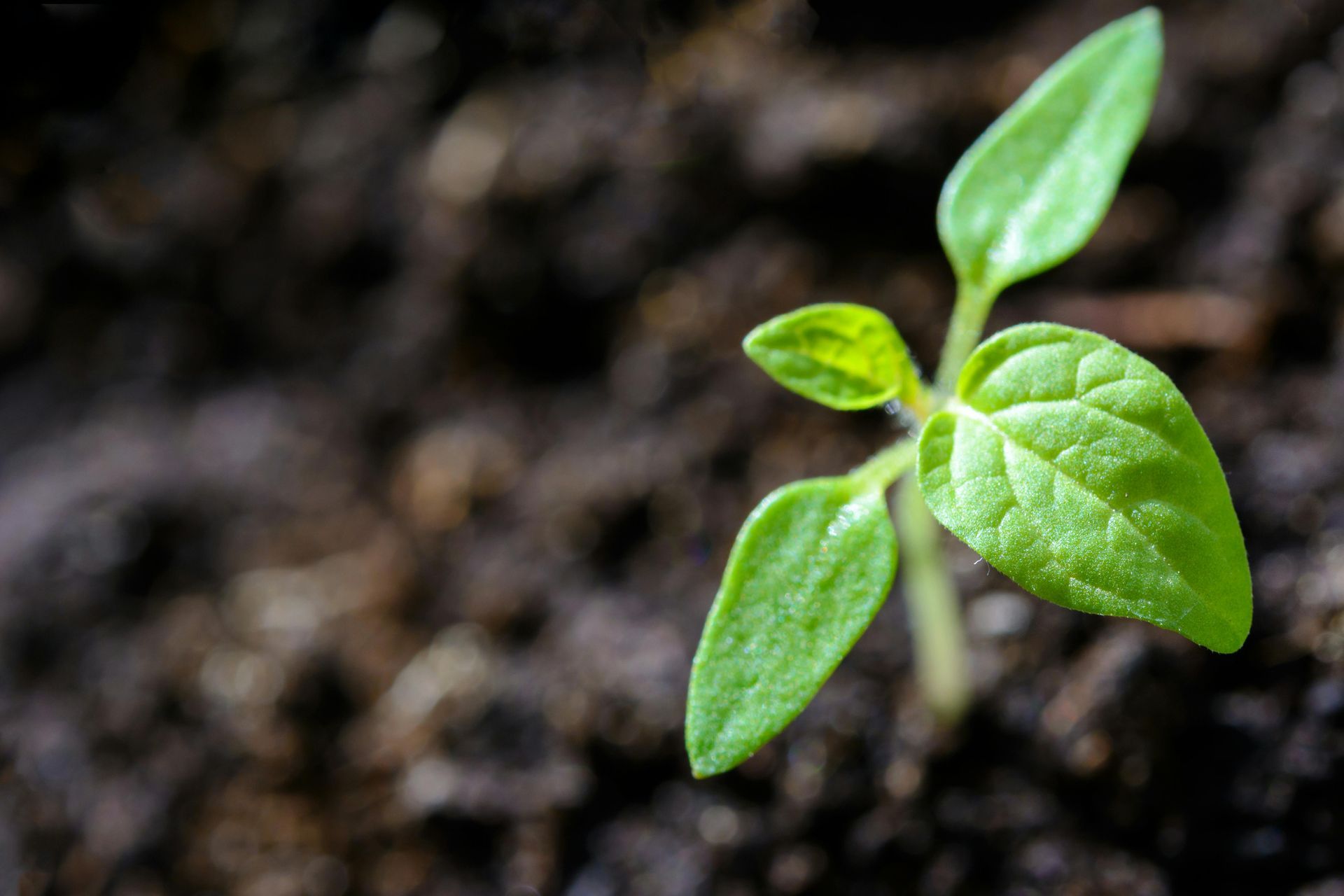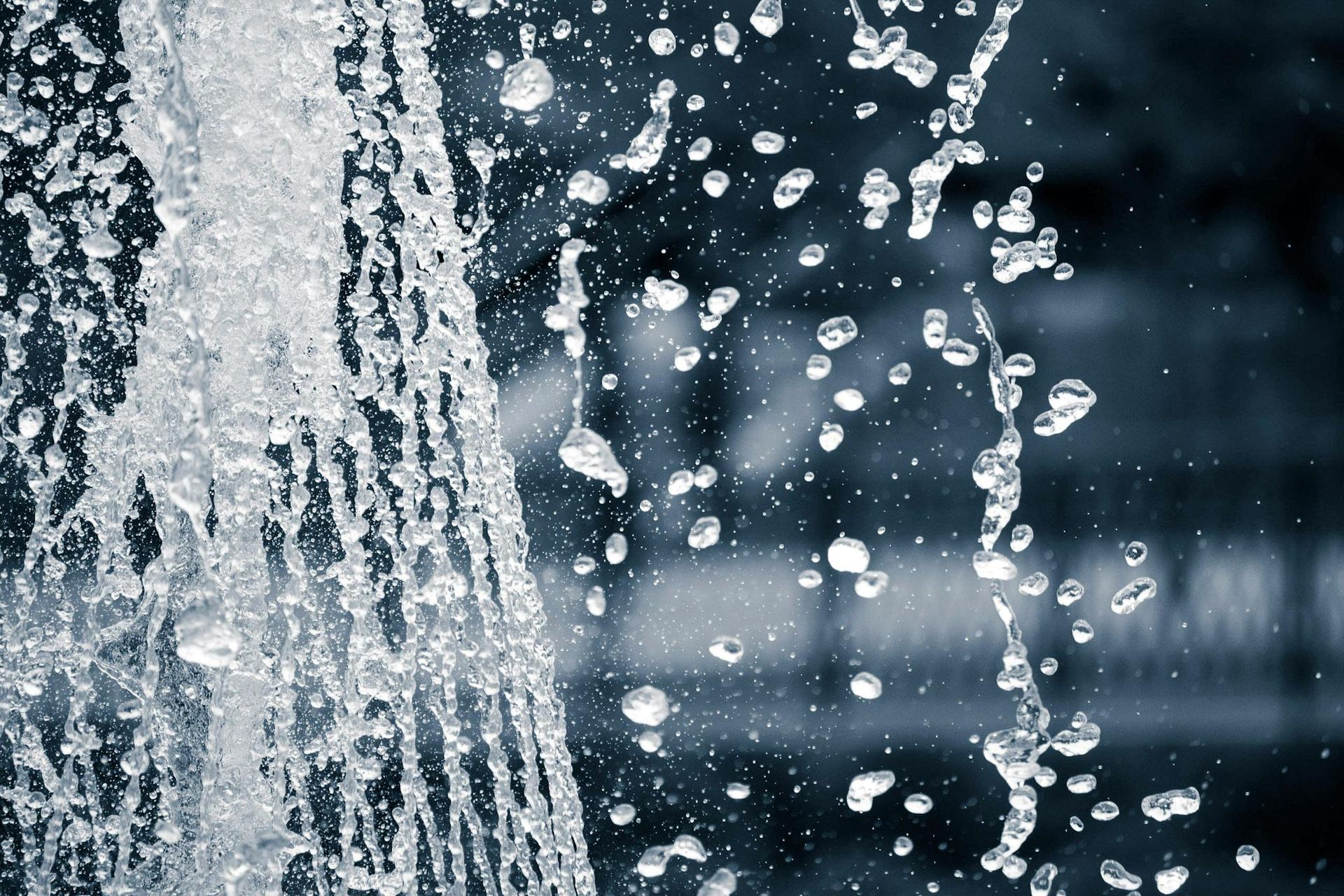Navigating the Legal Maze: Securing Permits for a New Landfill in Rural Oregon
Many environmental and legal challenges are associated with the establishment of a new landfill facility in rural Oregon. As a lawyer specializing in environmental law and land use, I have guided clients through the intricate process of obtaining the necessary permits for landfill projects. Here's summary of the complex journey to secure these permissions for a new landfill facility in Oregon.
1. Understanding the Environmental Concerns
Oregon's environmental protection regulations are stringent and designed to protect the state's beautiful and diverse ecology. New landfills must adhere to strict guidelines to mitigate potential harm to the environment.
A. Preliminary Site Assessment
The first step is a detailed assessment of the proposed site's environmental aspects. This includes studying the local ecology, groundwater conditions, and evaluating potential risks to nearby communities.
B. NEPA
If the project requires federal permits or action, the developer must work with agencies to obtain compliance with the National Environmental Policy Act (NEPA). This can be a time consuming and complex process that will be addressed in a separate article.
C. Other Federal Permits
Depending on the site, several types of federal permits or actions could be involved. For example, if the site is contiguous with a navigable water, federal wetland permitting might be required. Similarly, if endangered species are in the area, action under the Endangered Species Act might be needed.
2. Zoning and Land Use Regulations
Zoning and land use issues can be a complex area to navigate. Although landfills are allowed under state law in rural areas, rural areas often have unique zoning laws that must be carefully interpreted and complied with.
A. Local Zoning Compliance
You must ensure that the proposed site complies with local zoning ordinances, which will require a conditional use permit. Issues ranging from compliance with environmental concerns to traffic impacts will be at issue. Odor is often also a major consideration for landfills in this process. Engaging local authorities and the community early in the process is essential for success. Moreover, conditional use permits are subject to hearings at the local level, and the results can be appealed to the Land Use Board of Appeals (LUBA) and the appellate courts.
B. Land Use Compatibility Statement (LUCS)
A LUCS must be obtained, indicating that the proposed use of the property is consistent with the local government's comprehensive plan. This should follow from the conditional use permit.
3. State Regulations and Permits
State permits are often the most challenging aspect of the process, encompassing a range of areas including:
A. Solid Waste Permit
The Department of Environmental Quality (DEQ) will require a solid waste permit, detailing how the landfill will be constructed, operated, and eventually closed. ORS 459 and companion rules describe the requirements for this permit.
B. Water Quality Permits
Given the potential impact on local water resources, permits related to stormwater discharge and wastewater management must be obtained. The applicant will, for example, have to prepare a plan showing how it will manage landfill leachate.
C. Air Quality Permits
Oregon's DEQ also regulates air emissions from landfills. An air quality permit detailing the landfill's potential emissions and control measures is required.
4. Community Engagement
Community concerns can significantly impact the permitting process. Holding public hearings and engaging with residents to address their concerns is vital to securing the necessary permits.
5. Conclusion: A Collaborative Effort
Securing the necessary permits for a landfill in rural Oregon that serves urban areas is a multifaceted process that requires collaboration between legal experts, environmental consultants, and local authorities.
While the permitting process may seem daunting, a well-prepared legal strategy can guide you through these complexities, ensuring that the proposed landfill complies with all legal and environmental regulations. By considering the environmental impact and working closely with local authorities and the community, we can build facilities that align with Oregon's commitment to environmental stewardship.
If you are considering such a project, seeking professional legal guidance early in the process can prove invaluable in navigating the legal maze that surrounds the establishment of a new landfill facility in rural Oregon.






